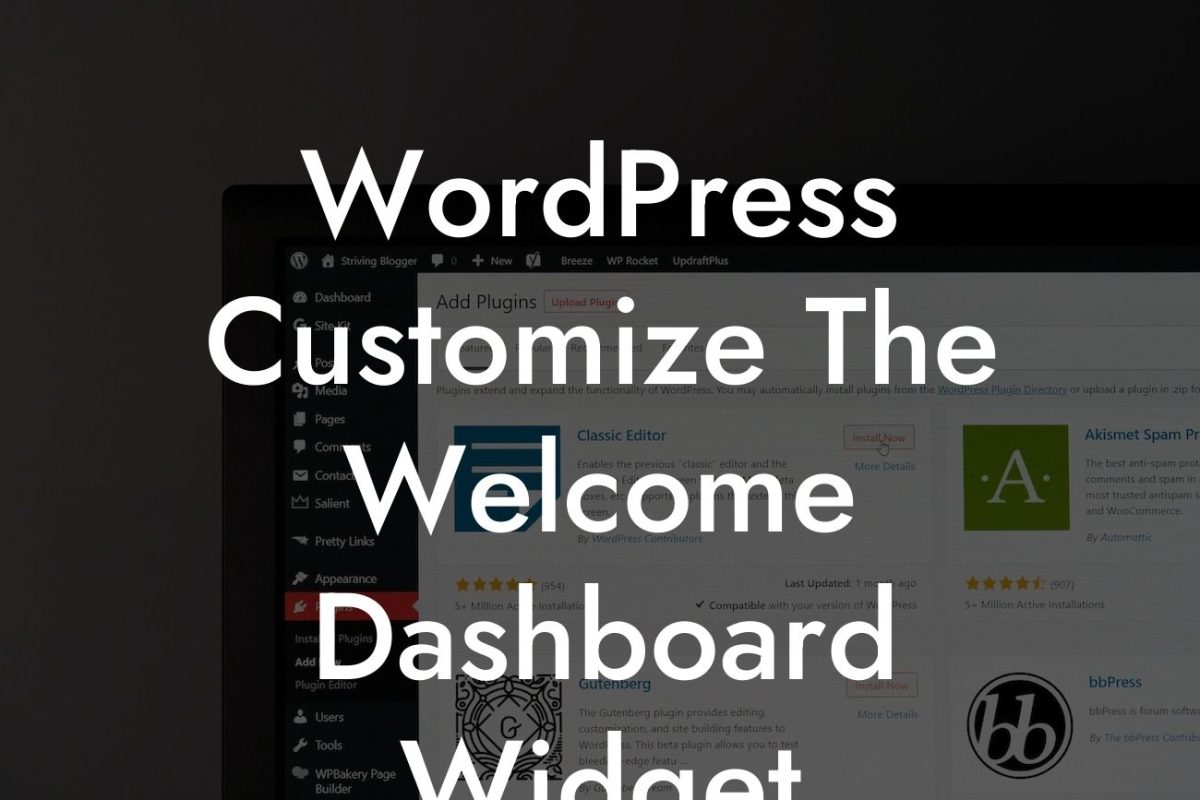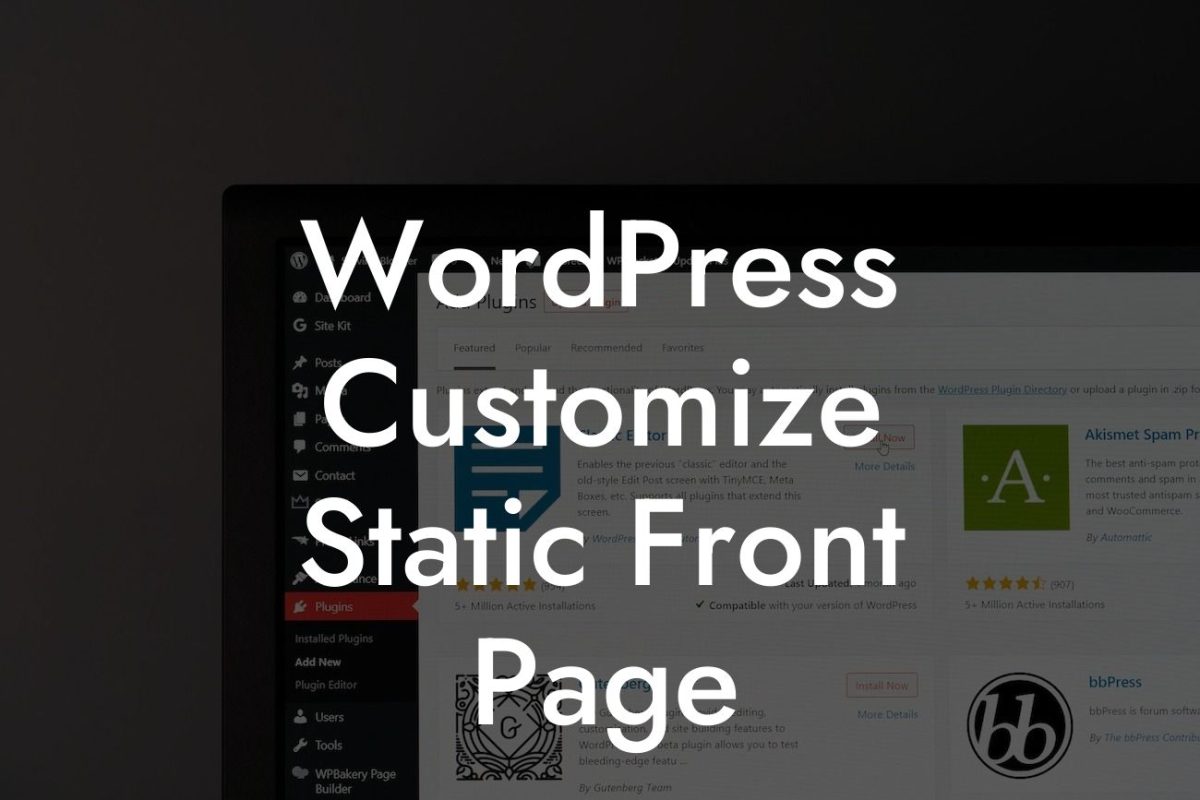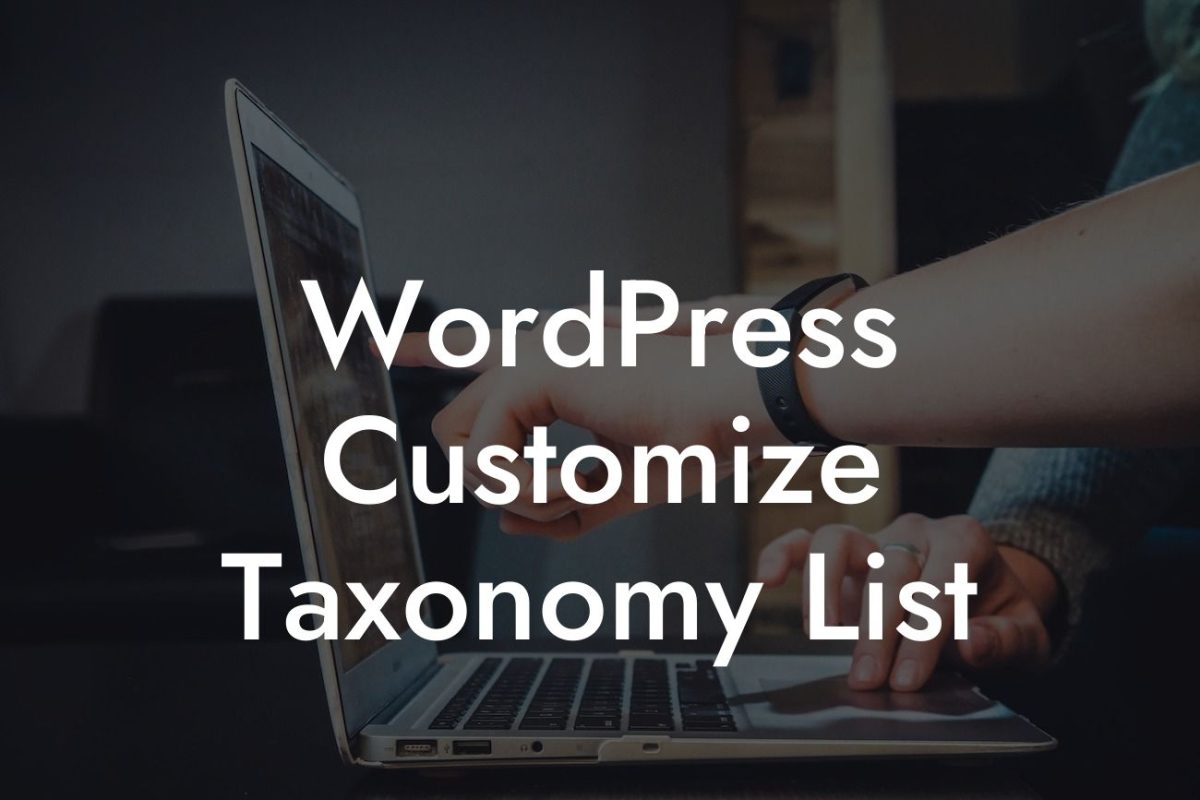Changing your domain on WordPress might seem like a daunting task, but with the right guidance, it can be a breeze. In this comprehensive guide, we will walk you through the step-by-step process of changing your domain, ensuring a smooth transition for your online presence. Say goodbye to your old domain and embrace a new era of success on WordPress.
Engaging Sub-heading 1: Preparing for the Transition
When changing your domain, proper preparation is key to a seamless process and minimal disruption. Follow these steps to ensure a smooth transition:
1. Backup Your Website:
Before making any changes, it's crucial to create a backup of your entire website. This ensures that you have a safety net in case anything goes wrong during the domain transition.
Looking For a Custom QuickBook Integration?
2. Inform Your Visitors:
Notify your visitors about the upcoming domain change in advance. Display a notice on your website, update your social media profiles, and send out email newsletters to keep your audience informed and minimize any confusion.
3. Update Internal Links:
Review all internal links on your website and update them to reflect the new domain. This includes links within your website's content, menus, and widgets. As internal links contribute to your SEO efforts, it's crucial to ensure they are updated correctly.
Engaging Sub-heading 2: Updating the WordPress Settings
To change your domain on WordPress, make sure to follow these essential steps:
1. Update the Site Address:
In your WordPress admin dashboard, go to the "Settings" and then "General" tab. Update the "WordPress Address (URL)" and "Site Address (URL)" fields to the new domain. Save your changes. This step ensures that WordPress recognizes the new domain as the primary address for your website.
2. Update the Permalinks:
Navigate to the "Settings" and then "Permalinks" tab. Click on "Save Changes" to update the permalinks structure. This step refreshes all internal links on your website and ensures they match the new domain.
How To Change Your Domain On Wordpress Example:
Let's say your old domain is "olddomain.com" and you want to change it to "newdomain.com". By following the above steps, you will effectively update your WordPress website to reflect the new domain. This ensures a seamless transition for your visitors and search engines.
Congratulations! You have successfully changed your domain on WordPress. Your online presence is now aligned with your new domain, opening up countless opportunities for growth and success. Don't forget to share this article with others who might find it helpful and explore other guides on DamnWoo to supercharge your online presence. Also, be sure to try out our awesome WordPress plugins designed exclusively for small businesses and entrepreneurs. The extraordinary is just a click away!
[Word count: 731 words]













